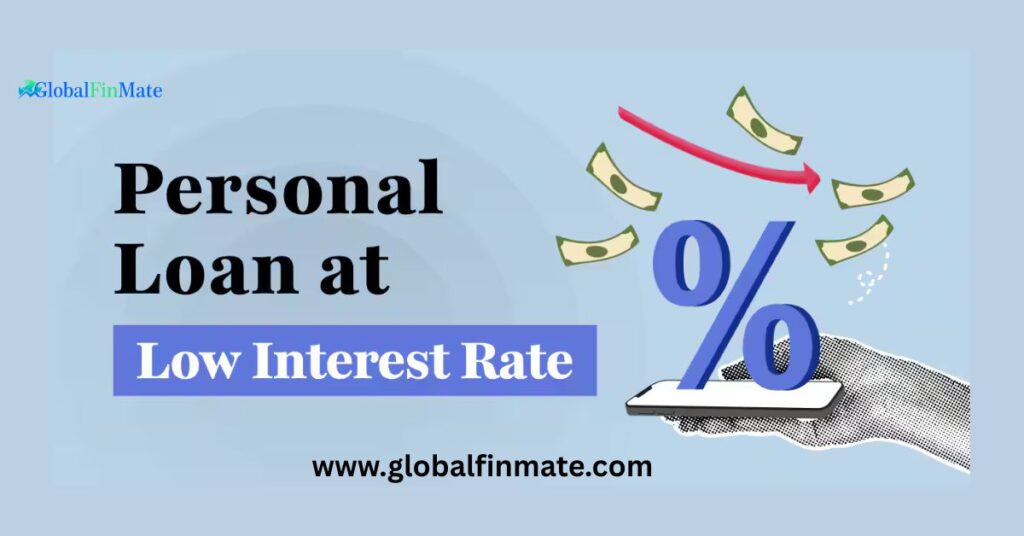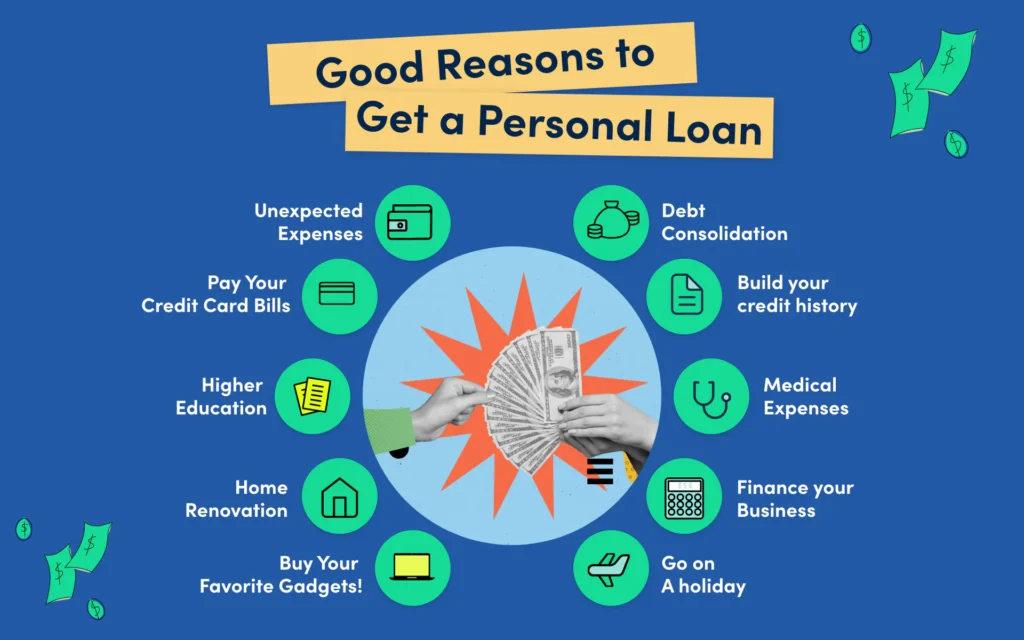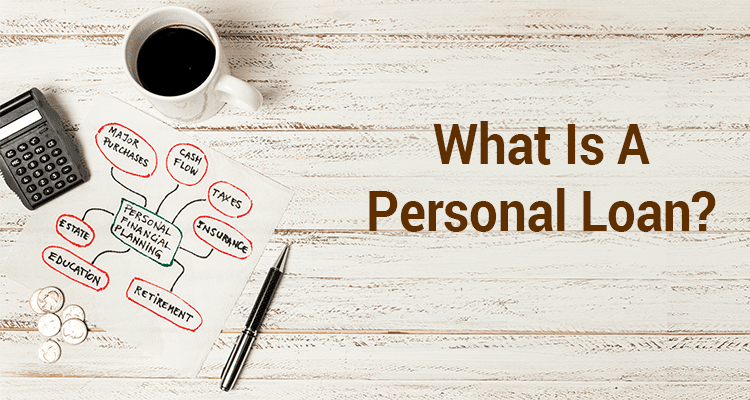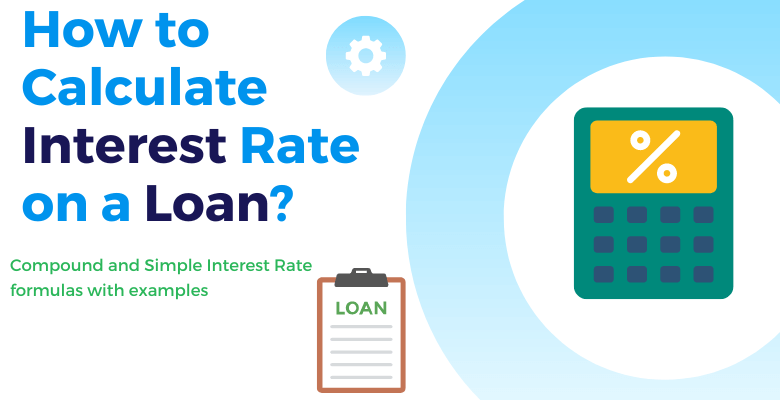How To Get Low Interest Loan: Complete Guide
Key Takeaways
- Maintaining a strong credit score and stable income significantly increases your chances of qualifying for the lowest personal loan interest rates.
- Taking steps to improve your credit score before applying can help you secure more favorable loan terms.
- Comparing offers from at least three different lenders, or using a trusted marketplace like Bankrate, can help you find the best available rates.
Banks, credit unions, online lenders, and marketplace lenders typically offer low-interest personal loans to borrowers with strong credit profiles. These loans feature competitive annual percentage rates (APRs) that are generally below the national average personal loan rate of 12.26 percent as of October 15, 2025 — and in many cases, under 10 percent.
To qualify for the most favorable personal loan rates, applicants usually need:
Jump to section
Toggle- A FICO credit score above 740 (and ideally over 800 for top-tier rates)
- A stable annual income that meets the lender’s minimum threshold
- A clean and responsible credit history
- A well-established credit profile
- An active bank account for setting up automatic payments
How to Get a Low-Interest Personal Loan
Although each lender has its own eligibility criteria and minimum requirements, you can improve your chances of securing a low-interest personal loan by following these seven essential steps.
1. Know Your Credit Score
Lenders generally consider a credit score between 800 and 850 to be excellent. A score in this range demonstrates strong credit management and gives you the best opportunity to qualify for the lowest available interest rates.
You can usually check your credit score for free through your bank or credit card provider, or purchase it directly from one of the major credit bureaus.
Before applying for a personal loan, review your credit report carefully to identify and correct any errors that might be lowering your score. You’re entitled to one free credit report per week from each of the three major credit bureaus — Equifax, Experian, and TransUnion — at AnnualCreditReport.com.
2. Pay Off Your Revolving Debt
In addition to payment history, your credit utilization ratio — the amount of credit you’re using compared to your total available credit — plays a major role in determining your credit score. A high utilization rate can lower your score and reduce your chances of qualifying for the lowest personal loan rates.
Even carrying a small balance on your credit cards can impact your score. If you’ve recently used a rewards or cashback card, pay off the full balance and allow a month or two for your credit score to rebound. Before applying for a low-interest personal loan, review your credit report to confirm that your credit card balances show as paid in full.
3. Understand Your Debt-to-Income Ratio (DTI)
When reviewing a loan application, lenders evaluate your debt-to-income (DTI) ratio to assess your ability to handle monthly loan payments responsibly.
To calculate your DTI, add up all your monthly debt obligations—such as credit card payments, loans, and other recurring debts—and divide that total by your gross monthly income (before taxes). The result, expressed as a percentage, represents your DTI.
Generally, a lower DTI indicates better financial stability and improves your chances of qualifying for favorable rates. While many lenders accept DTIs up to 50 percent, you’ll typically need a DTI below 36 percent to secure the most competitive personal loan rates.
4. Choose the Shortest Term You Can Comfortably Afford
Lenders usually reserve their lowest interest rates for loans with shorter repayment terms, typically three years or less. A shorter term not only qualifies you for better rates but also reduces the amount of interest that accrues over time, helping you save on overall borrowing costs.
Before committing, use a personal loan calculator to ensure the monthly payment fits comfortably within your budget. If the payments seem too high, consider borrowing a smaller amount to keep your finances manageable while still benefiting from a lower rate.
5. Research and Compare Lenders
Personal loan rates and terms can vary widely across different financial institutions. While it may be convenient to borrow from your current bank, it’s worth exploring other options — you might find a lender offering a significantly lower rate.
Here are a few types of lenders to consider:
- Online Lenders: Offer a fully digital application process and often provide higher loan amounts than traditional banks or credit unions.
- Local and National Banks: Ideal if you already have an existing relationship or prefer in-person customer service.
- Federal Credit Unions: Known for some of the lowest personal loan rates available, provided you meet their membership requirements.
- Online Marketplaces (e.g., Bankrate): Allow you to compare multiple loan offers with a single application, saving time and helping you find the most competitive rate.
Before choosing a lender, read customer reviews and contact their support team with any questions to gauge the quality of their service.
6. Look for Available Discounts and Perks
Many lenders offer interest rate discounts that can make a meaningful difference in your total loan cost — and even help you decide between two similar offers. For instance, you may be able to reduce your rate by 0.25% to 0.50% points by:
- Enrolling in automatic payments (autopay)
- Adding a creditworthy co-borrower
- Using the loan to consolidate existing debt
Additionally, inquire about other borrower-friendly features, such as extended grace periods, flexible payment schedules, or the ability to adjust your due date. These options aren’t always advertised, so it’s worth asking lenders directly about any available discounts or benefits.
7. Apply for Prequalification
Before submitting a full loan application, take advantage of prequalification options offered by most lenders. This process involves a soft credit check, which doesn’t impact your credit score, and allows you to preview the rates and terms you might qualify for.
While prequalification isn’t a final loan offer, it helps you compare potential rates and narrow down your options by ruling out lenders that don’t meet your needs.
For the best results, get prequalified with at least three different lenders to understand the range of rates available to you. Using an online marketplace can simplify the process by showing you multiple personalized offers based on a single application.
How Personal Loan Interest Rates Work
Lenders consider multiple factors when determining your eligibility for a low-interest personal loan, including your credit score, employment status, and debt-to-income ratio.
Your credit score is especially important because it reflects how responsibly you’ve managed credit in the past. Most lenders rely on FICO Scores, which range from 300 to 850, to assess creditworthiness. Borrowers with excellent scores above 800 typically receive the lowest interest rates, as they are considered less likely to default on payments.
While approval is still possible with a lower credit score, it usually comes with higher interest rates and additional fees, making the loan more expensive over time.
Conclusion: How to Get Low Interest Loan
Securing a low-interest personal loan requires careful preparation and informed decision-making. By maintaining a strong credit score, managing your debt responsibly, understanding your debt-to-income ratio, and choosing a repayment term that fits your budget, you can improve your chances of qualifying for the best rates. Researching multiple lenders, exploring available discounts, and utilizing prequalification tools further ensures that you select a loan that meets your financial needs while minimizing costs. Taking these steps not only helps you save on interest but also promotes healthier financial habits for the future.










